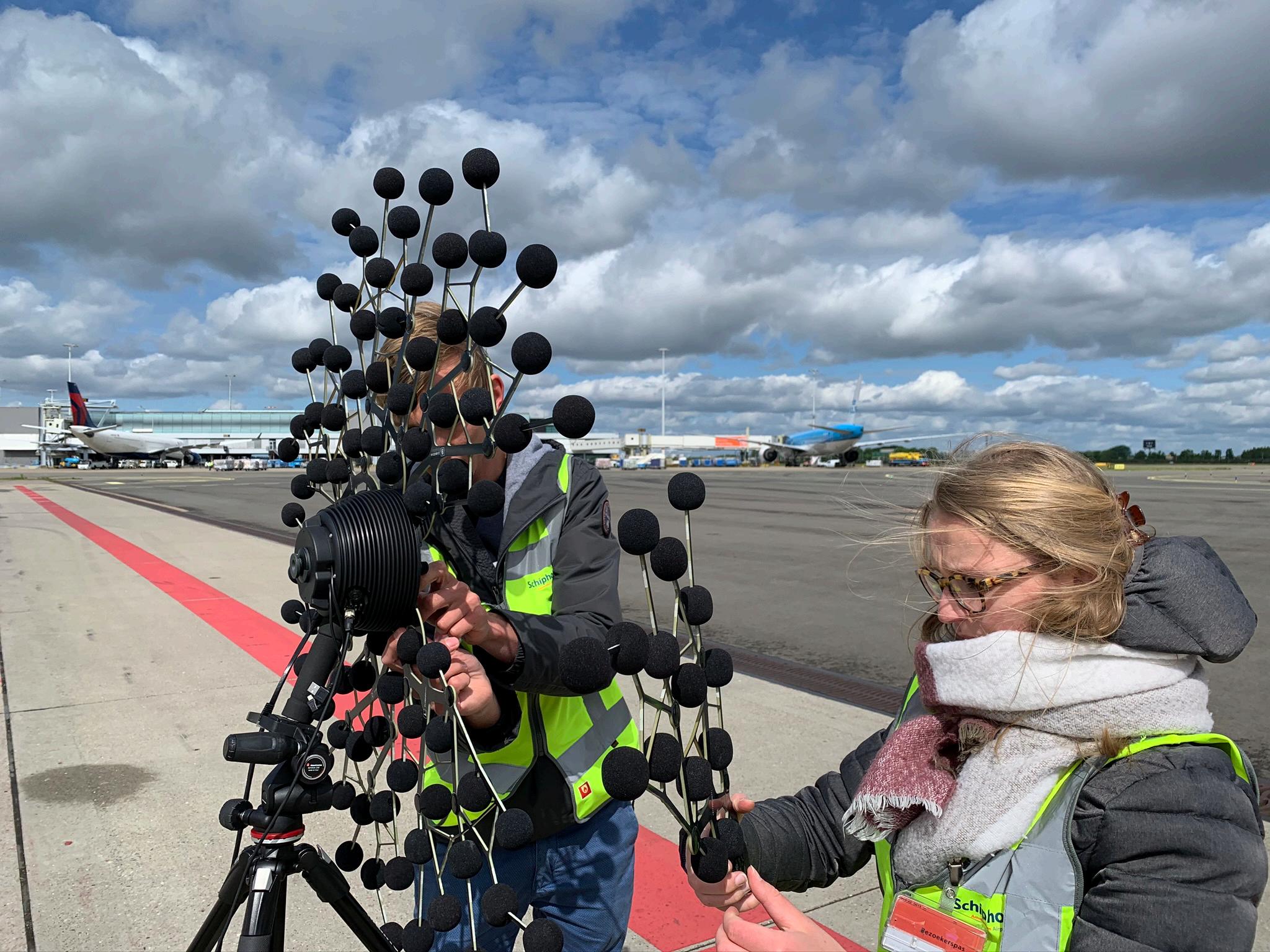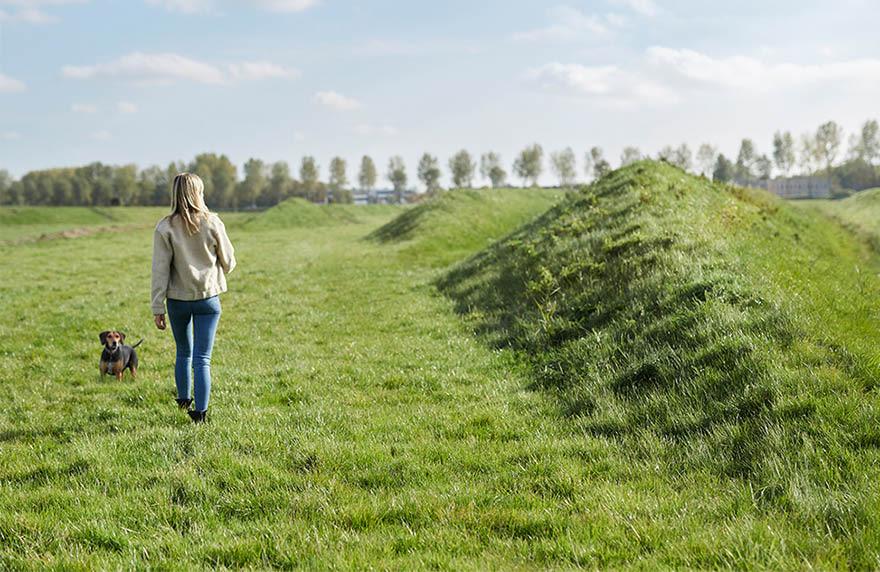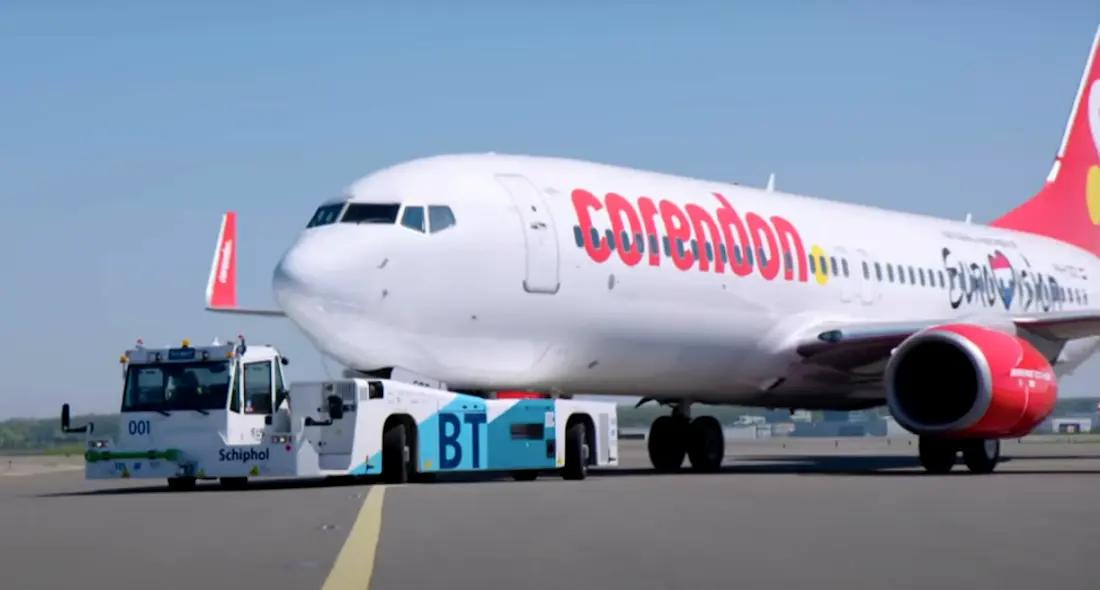
1 minute read
SUSTAINABLE TAXI ROBOT OUTSIDE IN
Partner: Denoize
Denoising Traffic
Advertisement
Schiphol views noise nuisance as a major challenge. Schiphol is highly dependent on the development of aircraft engines in this regard, and has little influence other than limiting time slots and balancing approach routes.
Thinking about impact, we can also look at 2nd and 3rd generation solutions. This is how Schiphol came up with prototypes varying from terraforming to equipping homes in the vicinity of Schiphol with denoising solutions.Simple insulation already made a difference, but now, in collaboration with a sound start-up, Schiphol also makes window frames that are anti-noise. As they have proven highly effective, Schiphol is investing in the technology through a major initial order so as to kickstart production and create a real win-winwin.

Another idea that is being developed is a robot that helps with sustainable taxiing. Aircraft engines are designed for flying, not for driving slowly. Taxi robots could limit the overuse of these powerful engines and drastically reduce fuel, noise and emissions.

Current prototypes are incorporated into the aircraft, but they also increase the aircraft's weight, which reduces the savings. Building a kind of autopilot that wraps around the front wheel after landing may be complex, but it would be the way to go. The technology is the easy part. The big challenge is the correspondingly required system change. Who is in charge of the 'TaxiBot' during the taxiing is the real question: the pilot, air-traffic control, ground control, or…?
The setting up of a new international standard requires all stakeholders – from airport to airline to plane manufacturer to legislators – to work in cooperation
Partner: TNO & Corendon










